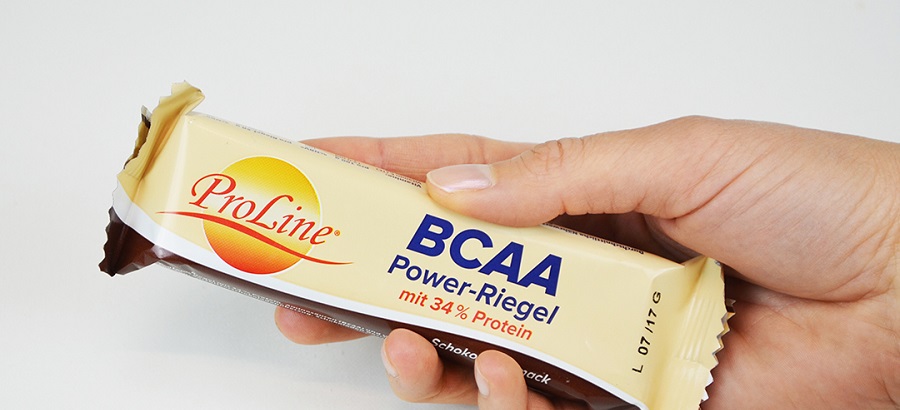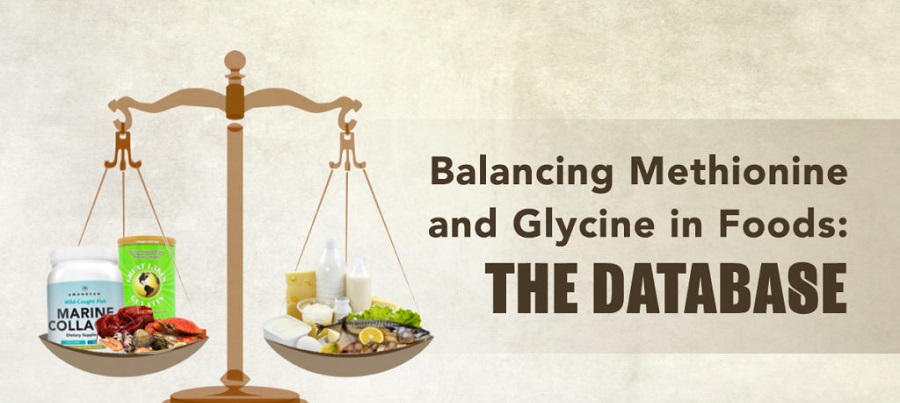Proline is a non-essential amino acid, which means that it can be synthesized by the body and does not need to be obtained from diet. It has a unique structure, as it contains a secondary amine group (NH) in its side chain, which causes it to have a cyclic structure and causes it to be flexible. This makes proline an important component in protein structure and stability.
Proline is involved in the formation of collagen, a protein that gives structure to skin, tendons, ligaments, and bones. It is also found in high concentrations in some other structural proteins such as elastin and fibrillin. Proline is also important for the proper folding of proteins, as it helps to stabilize the shape of the protein and maintain its function.
Proline is also known to have beneficial effects on the cardiovascular system, by helping to lower blood pressure and improve circulation. It may also be used as a supplement to support joint health, and to improve skin elasticity and reduce wrinkles.
However, it is important to note that there is not enough scientific evidence to support the use of proline as a supplement for these purposes. Additionally, consuming proline in excess can have negative effects on the body, such as liver damage and kidney damage.
Proline metabolism can also be altered in certain diseases, such as cancer. Studies have shown that cancer cells have an increased demand for proline and can lead to the depletion of proline levels in the body. This can affect the normal functioning of cells, and thus, understanding the role of proline in disease can be important for the development of new therapies.
What are the main functions of proline in the body?
The main functions of proline in the body include:
-
Protein structure: Proline is an important component of protein structure, as it helps to stabilize the shape of the protein and maintain its function. It is particularly important in the formation of collagen, a protein that gives structure to skin, tendons, ligaments, and bones.
-
Protein folding: Proline also helps in the proper folding of proteins, allowing them to maintain their function.
-
Collagen synthesis: Proline is important for the synthesis of collagen, a protein that is essential for healthy skin, tendons, ligaments, and bones.
-
Cardiovascular health: Proline may also have beneficial effects on the cardiovascular system, by helping to lower blood pressure and improve circulation.
-
Joint health: Proline can be used as a supplement to support joint health.
-
Skin elasticity: Proline may help to improve skin elasticity and reduce wrinkles.
It is worth noting that the above-mentioned function and benefits of proline are based on some studies and research, more scientific evidence is needed to support the use of proline as a supplement for these purposes.
What are the main functions of proline in the body?
Proline is an amino acid that plays several important roles in the body, including:
-
Collagen synthesis: Proline is a key component of collagen, a protein that gives structure and strength to connective tissues like skin, tendons, and cartilage.
-
Muscle repair: Proline is involved in the repair and growth of muscle tissue, making it important for athletes and bodybuilders.
-
Antioxidant activity: Proline has been shown to have antioxidant properties, helping to protect cells from damage caused by free radicals.
-
Blood vessel health: Proline plays a role in maintaining the integrity and flexibility of blood vessels, which is important for cardiovascular health.
-
Nervous system function: Proline is involved in the production of neurotransmitters, chemical messengers that play a critical role in the nervous system.
How does proline contribute to protein structure?
Proline contributes to protein structure by helping to stabilize the conformation of the peptide bond, which is the bond between amino acids in a protein. Proline's unique cyclic structure allows it to form a ring structure with its own side-chain, which creates a kink in the protein's backbone. This kink in the backbone helps to prevent the protein from adopting a fully extended conformation, which can help to stabilize the protein's structure and maintain its function.
Proline is also a component of collagen, which is a protein that gives structure and strength to connective tissues like skin, tendons, and cartilage. Collagen is the most abundant protein in mammals and is the primary component of skin, tendons, ligaments, cartilage, and bone. The specific sequence of proline and other amino acids in collagen is responsible for its unique properties, including high tensile strength, toughness and resistance to stretching.
In summary, Proline plays a crucial role in stabilizing the structure of proteins and maintaining the function of collagen by forming a kink in the protein's backbone and being a component of collagen.
What are the dietary sources of proline?
Proline is an amino acid that can be found in a variety of dietary sources, including:
-
Meat, fish and poultry: These animal-based foods are rich in proline, particularly red meats like beef and pork, as well as fish like tuna and salmon.
-
Dairy products: Milk, cheese, and yogurt are also good sources of proline.
-
Soy products: Soybeans, tofu, and soy protein are plant-based sources of proline.
-
Legumes: Beans, lentils, and peas are also good sources of proline.
-
Nuts and seeds: Pumpkin seeds, sunflower seeds, and almonds are also sources of proline.
-
Vegetables: asparagus, broccoli, Brussels sprouts and cauliflower are also sources of proline.
It is also worth noting that proline is one of the non-essential amino acids, which means that the body can produce it on its own, so a deficiency of proline is rare. However, consuming a diet that provides adequate amounts of proline can be beneficial for maintaining overall health.
Can proline be synthesized by the body or does it need to be obtained from diet?
Proline is considered a non-essential amino acid, which means that the body is able to synthesize it from other amino acids. Specifically, the body can convert the amino acid glutamic acid into proline. This means that proline does not need to be obtained through diet. However, consuming a diet that provides adequate amounts of proline can be beneficial for maintaining overall health.
Although the body can produce proline, it is important to note that certain conditions such as injury, stress or certain diseases can increase the body's need for proline. Also, consuming proline from dietary sources can ensure that the body has an adequate amount of proline to fulfill its various functions, such as collagen synthesis and muscle repair.
Therefore, it is recommended to consume a balanced diet which includes a variety of foods that are rich in proline, such as meats, dairy products, soy products, legumes, nuts, seeds, and vegetables.
How does proline differ from other amino acids?
Proline differs from other amino acids in several ways:
-
Chemical structure: Proline has a unique cyclic structure, which allows it to form a ring structure with its own side-chain, which creates a kink in the protein's backbone. This kink in the backbone helps to prevent the protein from adopting a fully extended conformation, which can help to stabilize the protein's structure and maintain its function.
-
Role in collagen synthesis: Proline is a key component of collagen, a protein that gives structure and strength to connective tissues like skin, tendons, and cartilage. Collagen is the most abundant protein in mammals and is the primary component of skin, tendons, ligaments, cartilage, and bone. The specific sequence of proline and other amino acids in collagen is responsible for its unique properties, including high tensile strength, toughness and resistance to stretching.
-
Non-essential amino acid: Proline is considered a non-essential amino acid, which means that the body is able to synthesize it from other amino acids, specifically the amino acid glutamic acid.
-
Hydrophobic nature: Proline is a hydrophobic amino acid, meaning it is not water-soluble and tends to be buried inside the protein structure, this aspect also makes it unique in its behavior and interactions with other amino acids and molecules.
-
Specific enzymatic reaction: Proline is also unique in that it is the only amino acid that is converted into a different form before it is incorporated into proteins. This process is called pyrrolidone carboxylic acid (PCA) synthesis, which is catalyzed by the enzyme proline dehydrogenase (PRODH).
In summary, Proline is a unique amino acid with a specific cyclic structure that contributes to the stability of proteins and is a key component of collagen, it is non-essential and hydrophobic amino acid, and it undergoes a specific enzymatic reaction before being incorporated into proteins.
What role does proline play in collagen synthesis?
Proline plays a crucial role in collagen synthesis. Collagen is a protein that forms the main structural component of skin, tendons, ligaments, and bones. It is composed of long chains of amino acids that are twisted and folded into a specific structure. Proline is one of the most abundant amino acids found in collagen, and it is responsible for many of the unique properties of this protein.
Proline residues in collagen are found at every third position in the polypeptide chain. This specific arrangement allows for the formation of a unique triple helix structure that gives collagen its strength and flexibility. The cyclic structure of proline helps to provide stability to the collagen structure, allowing it to maintain its shape and function.
Proline is also essential for the formation of hydroxylation, a process that occurs during collagen synthesis, which helps to further stabilize the collagen structure. This is done by the addition of hydroxyl groups to certain proline and lysine residues in the collagen molecule. This process is important for the proper formation and functioning of collagen.
In summary, proline plays a critical role in collagen synthesis by providing stability and strength to the collagen structure through its unique cyclic structure, and by participating in the formation of hydroxylation. It's the presence of proline in the specific location in the collagen sequence and the unique chemical structure of proline that allows the formation of the triple helix structure of collagen and it's stability.


